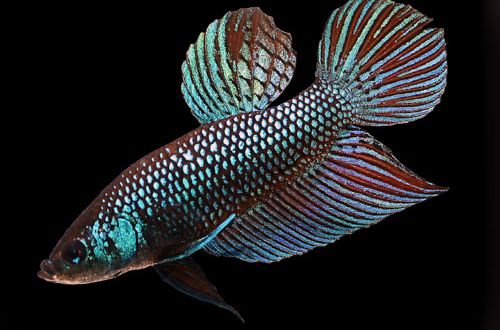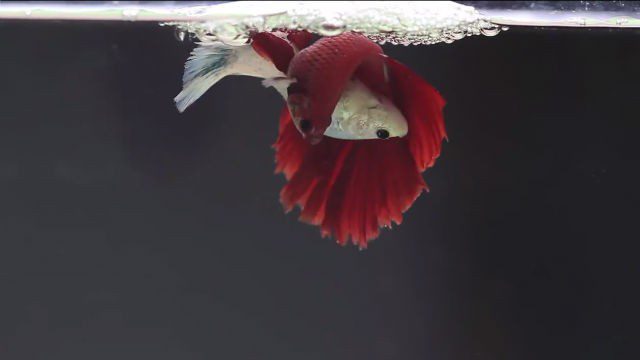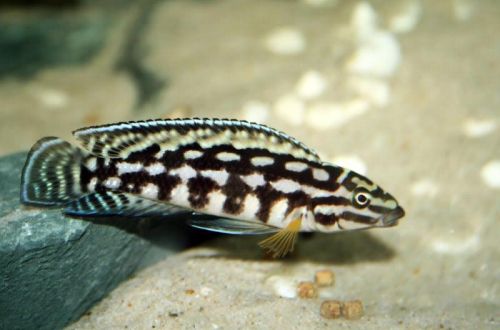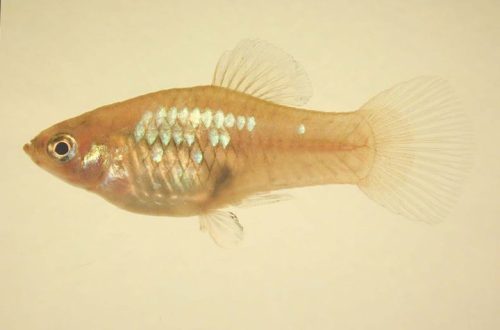
Emerald Betta
Betta emerald, Emerald Betta or Green cockerel, scientific name Betta smaragdina, belongs to the Osphronemidae family. A beautiful and easy to keep fish, if the basic requirements are met, which are below. Populations of the same species are quite isolated, and therefore there are differences in color according to the degree of manifestation of a red or green tint. Among collectors, specimens that have retained their true color and have a pedigree from a specific habitat are especially valued. There are practically no such fish in the open market, and for ordinary aquarists only their distant descendants are available, which have been bred in commercial aquariums for many generations.
Groups / classification of fighting fish (Petushkov)

Contents
Habitat
It comes from the territory of modern Thailand (Southeast Asia). It occurs in numerous wetlands along rivers, flooded rice fields, streams and lakes in the forest floor, the bottom of which is littered with various plant debris (branches, leaves, fruits, etc.). Water conditions are unstable and change significantly during the tropical monsoon season.
Brief information:
- The volume of the aquarium – from 40 liters.
- Temperature – 24-28°C
- Value pH — 5.5–7.5
- Water hardness – soft (1-10 dGH)
- Substrate type – any soft
- Lighting – subdued
- Brackish water – no
- Water movement – little or no
- The size of the fish is up to 6 cm.
- Food – any food
- Temperament – conditionally peaceful, but only in relation to other species
- Keeping alone or in pairs male / female
Description
Adults reach a length of about 5–6 cm. Males are brighter in color with a predominance of emerald green with shades of red or blue. The fins are wide and elongated, especially the pectoral. Females, on the contrary, look more modest both in color and in the size of the fins.
How to determine the age of Cockerels (Betta Fighting Fish)
Food
In nature, they feed on small insects and crustaceans, in a home aquarium it is allowed to serve popular dry food in combination with meat products (daphnia, bloodworms, fruit flies, etc.). There are also special foods from well-known manufacturers for Betta fish, containing all the necessary vitamins and minerals that help maintain tone and brightness of color. They are more expensive, but they greatly simplify the feeding process, since they eliminate the need for regular purchase and storage of live food, which for many is not very aesthetic.
Maintenance and care, arrangement of the aquarium
Tank sizes start at 40 liters for one or two fish. In the configuration, provide for the presence of a cover, thanks to which a warm air layer will form above the surface, which is important for the health of labyrinth fish. The design can be arbitrary, subject to certain conditions – dimmed light and the presence of shelters such as snags, decorative objects (castles, sunken ships, etc.), ceramic crusts turned over on their side. Plants recommended are Riccia, Nymphaea tiger, Salvinia, Cryptocoryne and Java moss.
Hydrochemical parameters have soft pH values at low hardness. To bring the water conditions of the aquarium closer to the conditions of the natural habitat, you can use a filter with peat-based filter material, as well as place natural dried oak leaves on the bottom, which, during decomposition, will saturate the water with tannins and give it a slightly brown tint. Before immersing the leaves, they are pre-soaked in a container of water until they sink, otherwise they will simply float on the surface. Updated once every two weeks.
Behavior and Compatibility
The males of the Green Cockerel, otherwise called the Fighting Fish, are very aggressive towards each other and enter into serious fights. Keeping them together is unacceptable. One or more females can keep a male company, but in order to keep him in good shape, periodically leave a safe mirror in the aquarium, fixing it on the side wall.
Despite its reputation, it is a rather timid fish that can easily be intimidated by any other species of similar size with overly active behavior. Therefore, choose small, calm fish as neighbors, or keep them in a species aquarium.
Breeding / breeding
The stimulus for spawning is a decrease in water temperature to 23–24 ° C, which imitates the rainy season in nature, when the mating season begins for the fish. Males build a nest of bubbles under broad leaves, under dense floating vegetation or in a cave-like shelter on the bottom – the same ceramic pots used in decoration. During the construction process, the male is very harsh towards the female and does not let her near the nest until it is ready.
Shortly before spawning, the color of the female will fade, and dark horizontal stripes will appear on the sides. Spawning itself is accompanied by a kind of “embrace”, when the fish, the word, wrap around each other. At the point of climax, milt and a few eggs are released and then placed in the nest. This is repeated several times until all the eggs are released. The female then swims away, leaving the male to protect and care for future offspring.
The fry appear in 24–48 hours and remain in the nest for another 3–4 days, all this time the male carefully picks up those who accidentally fell out / swam out of it. After the fry begin to swim freely, the male will lose interest in them. Adult fish do not suffer from cannibalism and usually do not eat their offspring. However, this does not apply to other aquarium neighbors and it is advisable to transfer the juveniles to a separate tank with identical water conditions. Feed with specialized food for aquarium fish fry.

Fish diseases
The main cause of most diseases is unsuitable living conditions and poor-quality food. If the first symptoms are detected, you should check the water parameters and the presence of high concentrations of hazardous substances (ammonia, nitrites, nitrates, etc.), if necessary, bring the indicators back to normal and only then proceed with treatment. Read more about symptoms and treatments in the Aquarium Fish Diseases section.
Common diseases of fighting fish (Petushkov)





